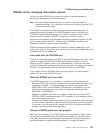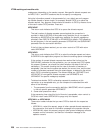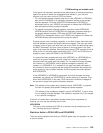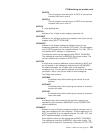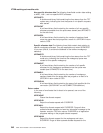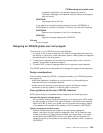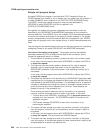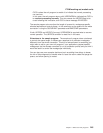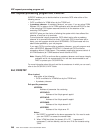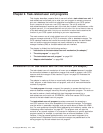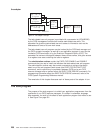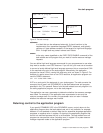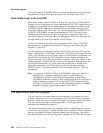CICS invokes the exit program to enable it to indicate that normal processing
can continue.
In this case, the exit program returns with UERCNORM to indicate that CICS is
to continue processing normally. This also causes the UEPRC8 flag to be
unset following this invocation, and CICS to issue message DFHZC2301.
The sample program also monitors the length of queues for modegroup-specific
allocate requests and controls these—in the same way as the queue for the whole
connection—using the QUEUELIMIT parameter and MAXQTIME parameters.
If both UEPRC8 and UEPRC12 are set, UERCNORM is required twice to resume
normal operation. The UEPRC8 condition is reset first in this case.
Extensions to the sample program:
The sample exit program does not attempt
to control the queue length, or detect poor response for a particular modegroup
differently from the whole connection. This kind of enhancement is something you
might want to add to your own exit program if your applications request specific
modegroups via the allocate command (or via a transaction profile) and you think it
would be useful to control the modegroups individually.
You can also use more complex decisions (such as adding time delays to lessen
the risk of false diagnosis) to decide when to issue the return codes that purge the
queue, and allow queuing to restart.
VTAM working-set module exits
Chapter 1. Global user exit programs 245



